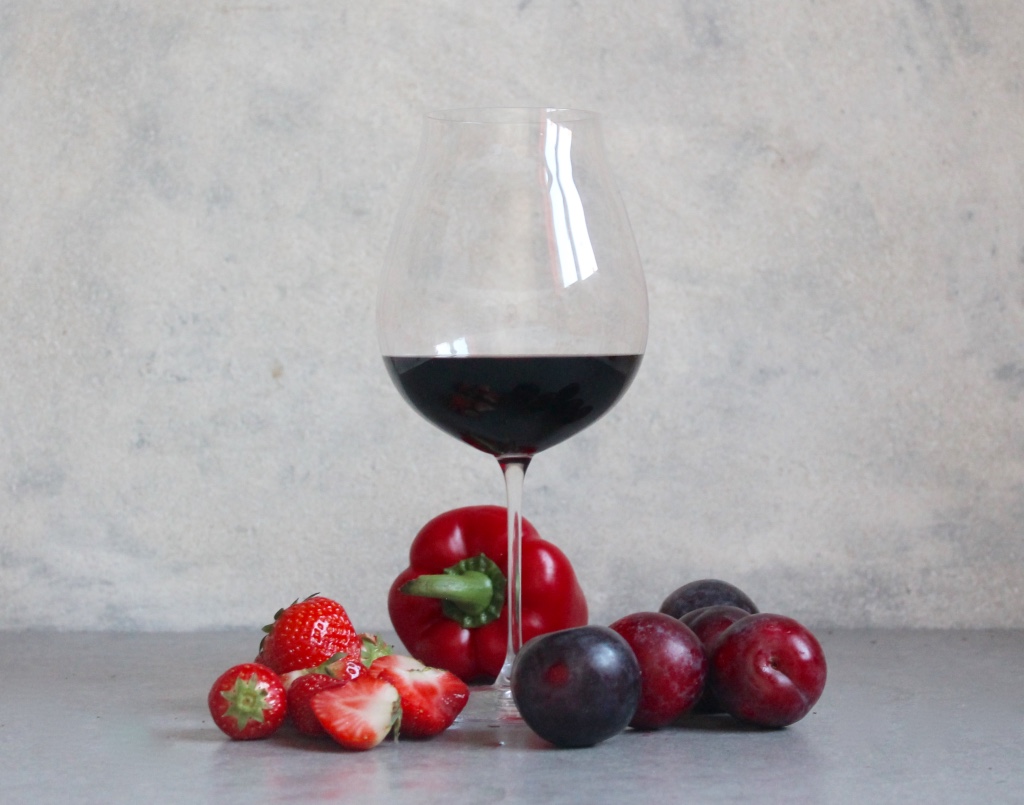Cabernet Franc
A black grape variety that is best known as the parent of Cabernet Sauvignon, however, this grape has a lot to offer. It is at home in France, specifically in the Loire and Bordeaux. Its often regarded as inferior to its bold and tannic offspring, Cabernet Sauvignon, but where Cabernet Franc shines is in its ability to show off its elegant structure and perfumed aromas. Quantitatively is one of the most planted grape varieties around the world.
Grape Characteristics
Red fruits dominate the flavour profile of Cabernet Franc. Key flavours include raspberries, strawberries, plums, cherries and often a is smelt. The wines often have notes of blackcurrant leaf and red or green pepper (bell pepper/capsicum). It is lighter and fresher than Cabernet Sauvignon with lower levels of tannin.
Cabernet Franc can be made in many styles; red, rosé, sparkling and even ice wine. Red wine is the most common and can range from light, simple and fruity wine to richer, complex examples that will benefit from ageing.
Key regions
France
Loire
Anjou and Touraine
The Loire is a region where the worlds greatest examples of 100% Cabernet Franc can be found. The key areas are in Anjour-Saumur and Touraine most notably in the appellations of Chinon, Bourgueil and St-Nicolas-de-Bourgueil (the latter being potentially where the grape was first planted in the Loire). In the Loire, it is made as both red and rosé and occasionally as sparkling Crémant de Loire.
For rosé production, it can be used in Rosé de Loire and Rosé d’Anjou, which are the most important style and also in Cabernet d’Anjou, and Cabernet de Saumur.
Bordeaux
A key component in Bordeaux along with Cabernet Sauvignon and Merlot. Here it plays a critical role in poorer years when Cabernet Sauvignon can struggle to fully ripen. It adds perfume and red fruits. It suits very gravelly soils and can be found in much higher proportions if the soils and vineyard suit the grape. Chateau Cheval-Blanc, one of the great St-Emilion Premiers Grands Cru Classés, is renowned for its Cabernet Franc dominated blends. In these perfect conditions, Cabernet Franc can shine, however, these areas are far more commonly planted with Merlot and Cabernet Sauvignon.
Caberes
(less key but interesting)
Although plantings are small it is one of the permitted Atlantic varieties (along with Merlot and Cabernet Sauvignon). Here Atlantic and Mediterranean varieties must be used as part of the blend.
Italy
Sometimes called Cabernet Frank it is popular in the north-west of Italy. It is also used in the Bordeaux style Super Tuscan blends.
Hungary
Plants Cabernet Franc with some success.
USA
Washington
Here it is planted in the locations where Cabernet Sauvignon and Merlot struggle to grow due to winter freeze which Cabernet Franc is more capable of withstanding. Winter freeze is simply where the temperature drops too low and kills the vines.
California
Following the Bordeaux style blends Cabernet Franc is grown in both Sonoma and the Napa Valley where it is blended.
Canada
Occasionally made into interesting ice wine, where the temperatures drop so low the grapes literally freeze on the vine. This concentrates the sugars, acids and flavours by freezing the water in the grapes. When the grapes are pressed the water remains frozen and some only a highly concentrated grape juice is removed. Canada also makes Cabernet Franc in more typical red wine styles.
Cabernet Franc is also grown in the countries listed below.
Argentina, New Zealand, Australia, Chile, Brazil, Uruguay, and South Africa.
Key flavours: Red pepper, Plum, Strawberry

